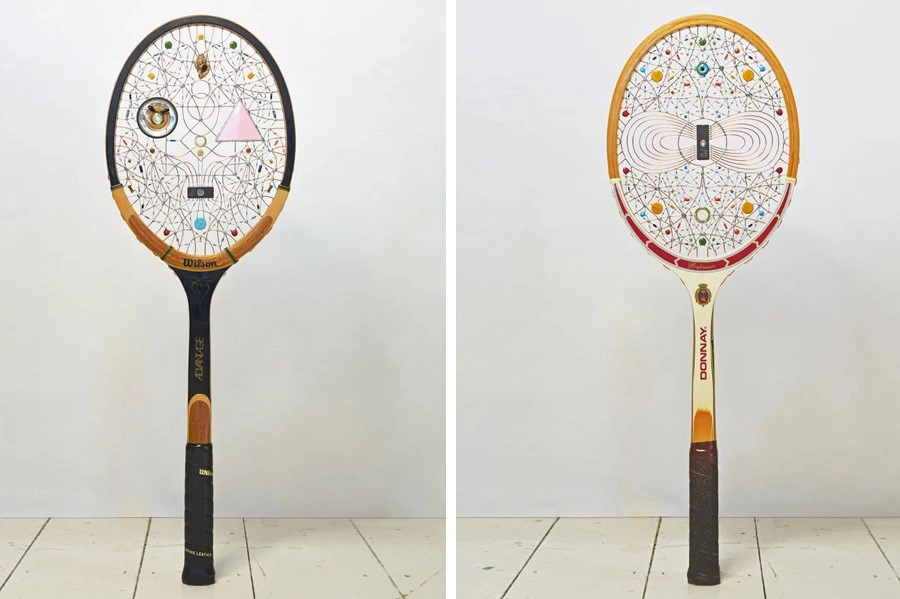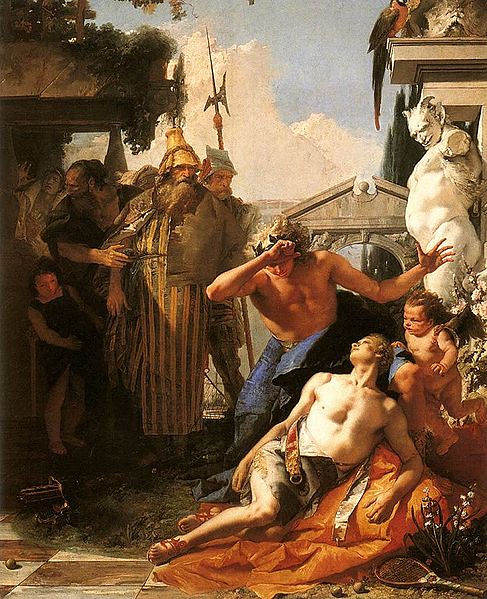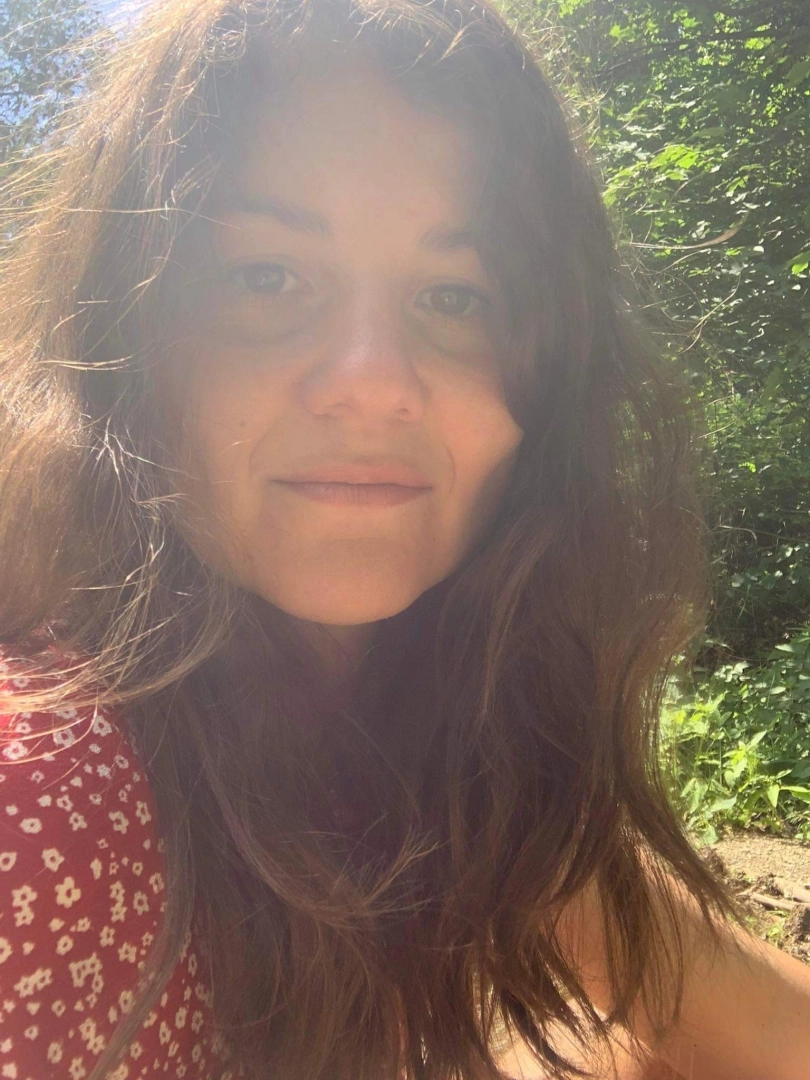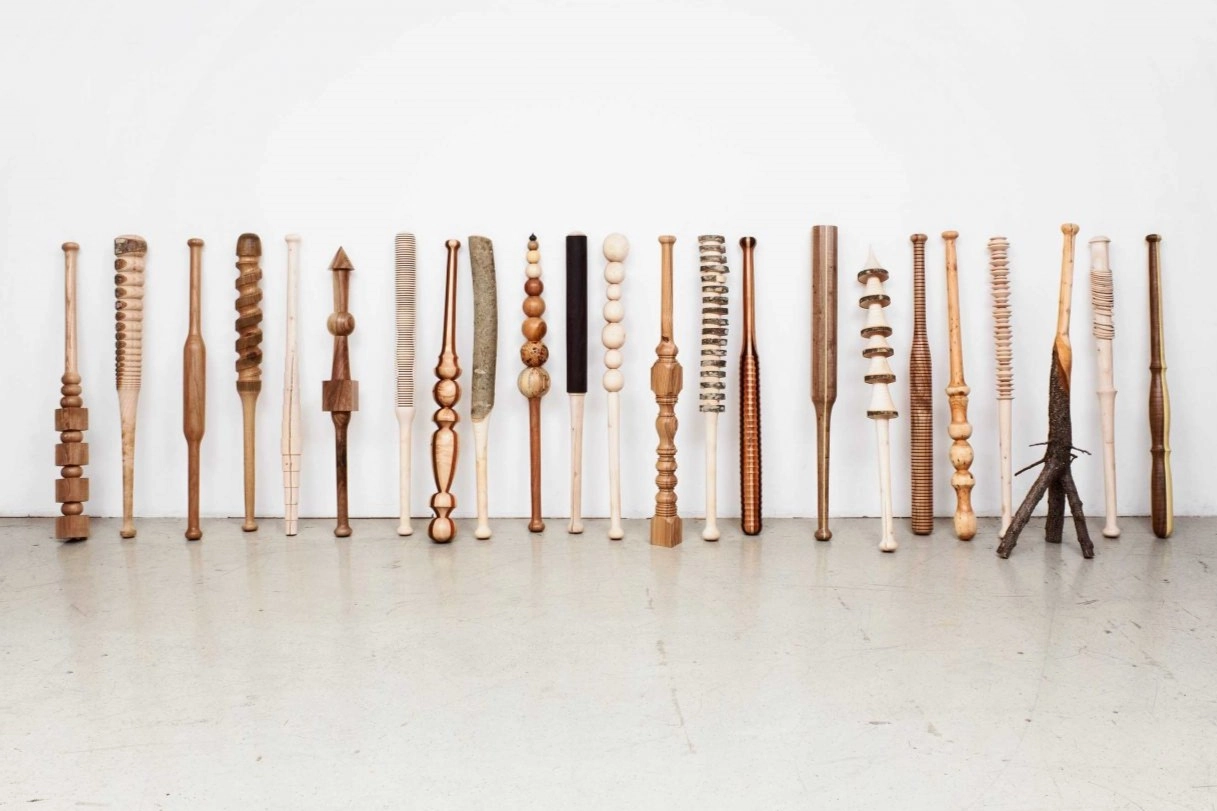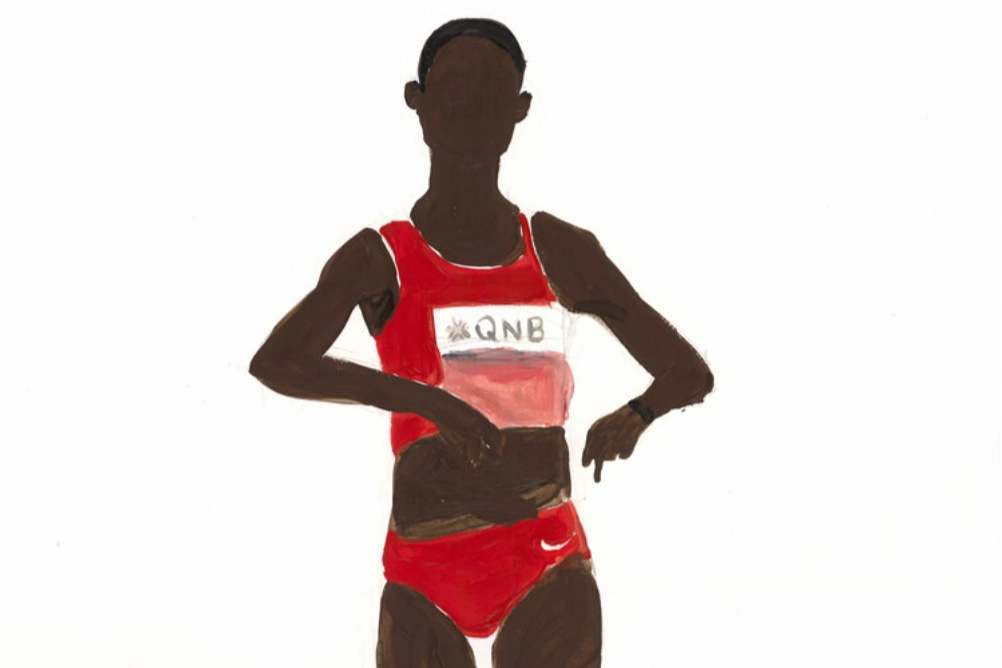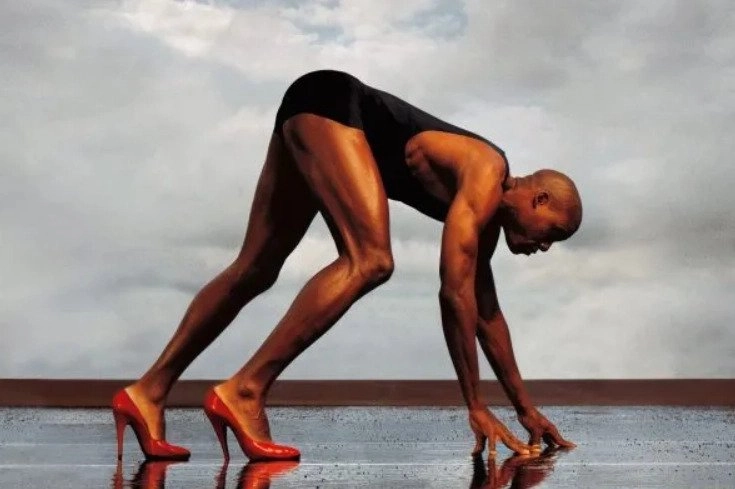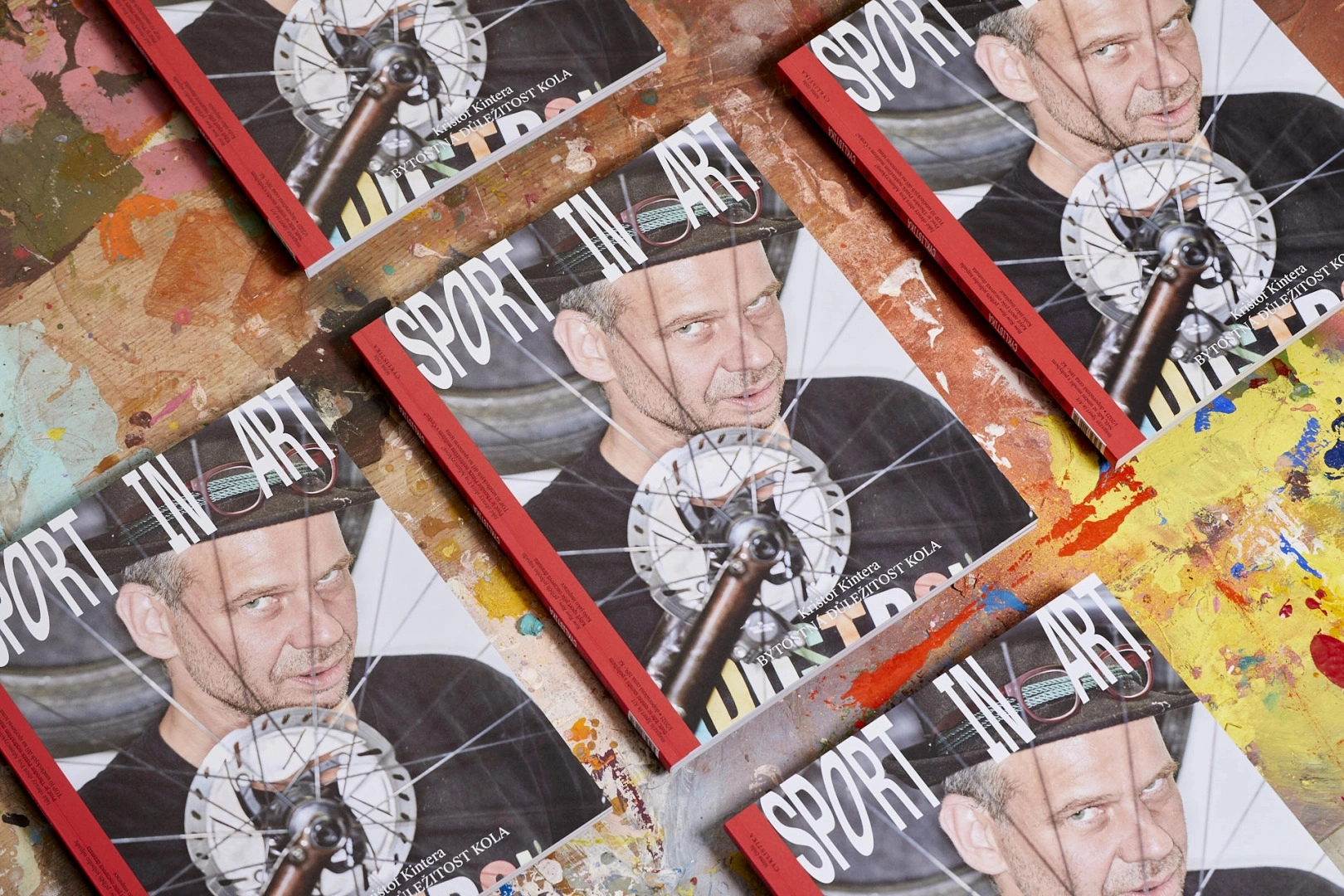Tennis is known under the nickname "white sport" thanks to the color the players usually wear. This color contrasts well with the color of the tennis court, whether it's orange if made of clay, or freshly green if it's covered with grass. Another contrast point in the spectator's view is a neon yellow-green ball. This diversity of colors (but not only) makes tennis visually attractive and thus appealing for artistics tendencies.
Tennis in the Middle Ages and Baroque
One of the most remarkable early referals to this sport appeared in Giambattista Tiepolo's painting The Death of Hyacinthus (1752-1753). The tennis racket is, however, just a part of the background in this work – you can see it in the lower right corner together with three tennis balls. The painting is now displayed in the Thyssen-Bornemisza Museum in Madrid and it was created on demand of the count Wilhelm Friedrich Schaumburg Lippe who was a dedicated tennis player.
It may be quite surprising for some to know that tennis is quite an old game: most historians date the origins of this sport all the way back to medieval France. It's said to have originated as a pastime of monks, who played this sport wearing wooden gloves, which they used to hit the ball without rackets. The monk Scaino da Salothe wrote the first book on tennis in 1555 called Trattato del Guicco della Palla. Tennis is also mentioned by William Shakespeare in his play Henry V.
The tennis court at Palace of Versailles played an important historic role in 1789; the so-called Tennis Court Oath was a crucial event during the first days of the French Revolution. Here they took an oath which was signed by 576 people out of 577 who were excluded from the Estates General. Jacques-Louis David portrayed this event in his painting.
The first tennis rackets from the 14th century were probably mere wooden planks. Since then, their form has significantly changed. The modern racket roughly similar to the one we know today was patented by Walter Clopton Wingfield and you can see it in the tennis museum in Wimbledon (considered the players used to hit the ball with their hands, it's interesting to mention the ethymology of the word racket: it comes from the Arabic word rakhat meaning palm).
Tennis in contemporary art
Thanks to contemporary artists, the tennis racket has been seen in many bizarre variations. For instance, the artist Leonardo Ulian created a series of tennis rackets in 2015, which instead of stringings have different historical electrical components (resistors, wires, or printed circuit boards). Thanks to their composition and the egg-like shape of the rackets they resemble faces. Ulian likes to use objects of everyday use in unexpected contexts also in his other pieces.
%20Leonardo-Ulian-Tennis-Racket-Contrived-Object-Sculptures-2.jpg)
Another artist who decided to use the tennis racket as the motif in his work is Jon Pylypchuk, who also used the racket as the foundation of an anthropomorphic object.
One very contemporary piece from 2022 is Final de Juego (End of the Game) by Marcos Estevez.
The artist Anna Soler installed two thousand tennis balls in the Mustang Art Gallery in Spanish Alicante, which look like they froze mid-flying. The balls are simply arranged in arcs copying their potential trajectory so precisely that they create an impression the viewer is in the Matrix.
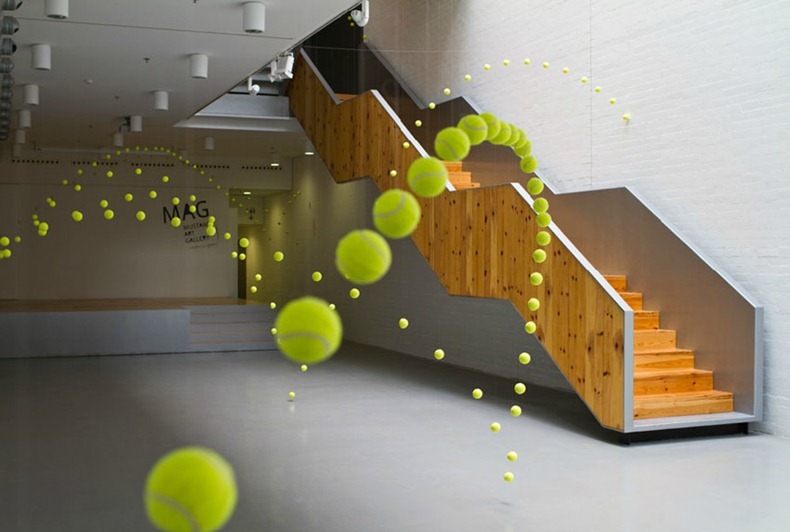
Svetlana Amova, an artist and jeweller of Russian origins now living in Spain, utilizes her own used tennis balls to create hypnotic geometrical sites, which are almost of a psychedelic nature thanks to the bright yellow-green color. Apart from using her own balls and those she collects at tennis clubs, the amateur tennis player plans to incorporate also balls used and signed by the tennis legends into her paintings. Beside having an art career, this artist is simply a tennis fan par excellence.
Amova.jpg)
The Tennis player statue can also be found in the Czech Republic – for example on the island Štvanice in Prague. It was created on the occasion of the reopening of the local Tennis arena in 1986 (this place belongs to the most significant places of Czech tennis history; the first Czechoslovak tennis championship took place here in 1920). The author of the bronze statue is Ladislav Janouch, who has been creating sport statues continuously throughout his life.

Pylypchukl.jpg)
.png)
